Plan Do See and Tadao Ando reimagine former Nintendo HQ as Kyoto hotel
Plan Do See and Tadao Ando balance past and future as they transform Nintendo’s former HQ in Kyoto into a boutique hotel, Marufukuro
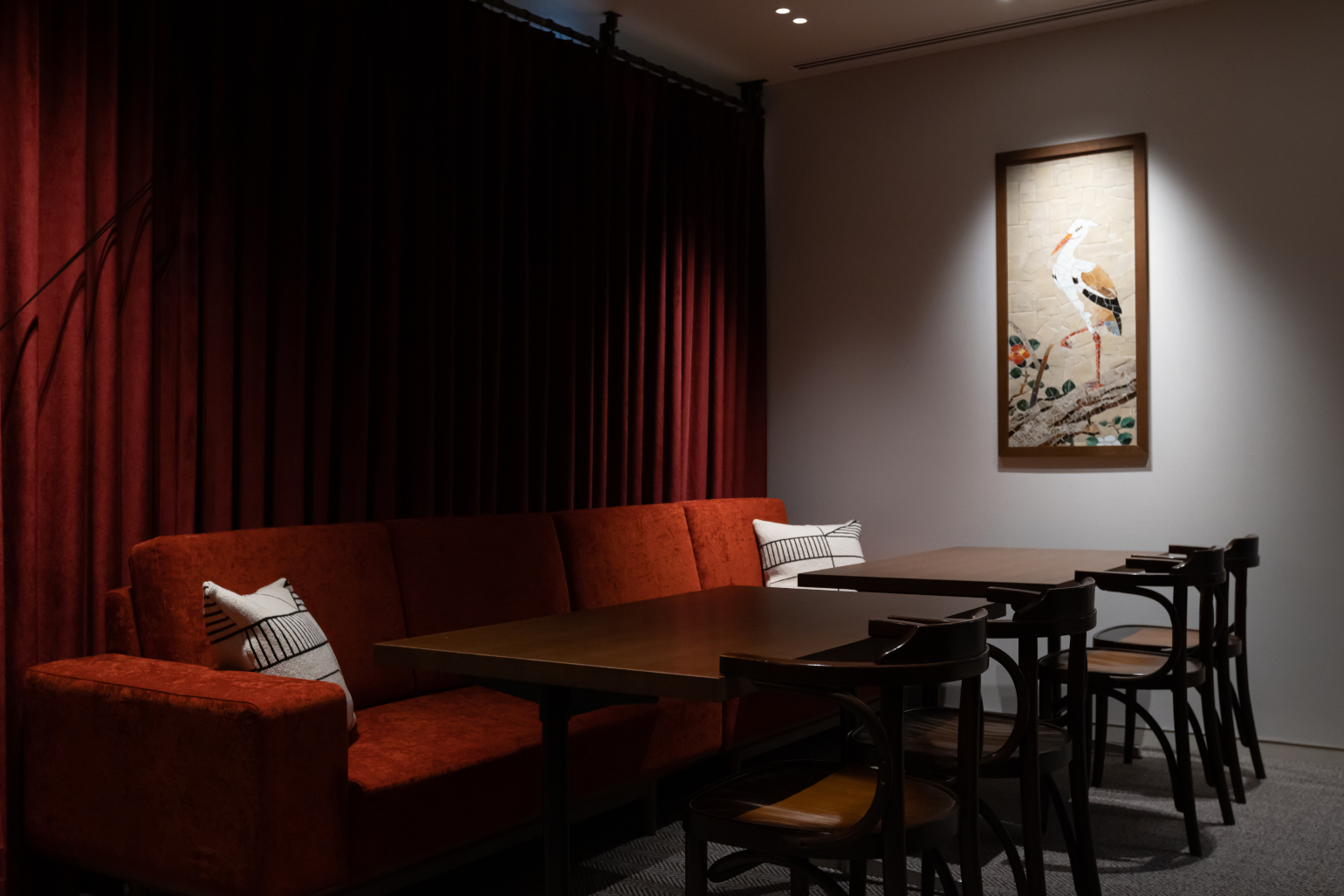
Tominaga Kazushi - Photography
The former HQ of gaming giant Nintendo is getting a new lease of life as a boutique Kyoto hotel – Marufukuro – following a top-to-toe makeover by Tokyo hospitality group Plan Do See, in collaboration with Japanese architecture master Tadao Ando.
For decades, the building had been an empty landmark on a quiet Kyoto street corner, between Kyoto’s Kamo and Takase rivers – its ornate stone façade, forest green signage and art deco grilles contrasting with the traditional cityscape surrounding it. Now, it is set to offer a new spin on the ancient city’s long-standing balancing act between past and future.
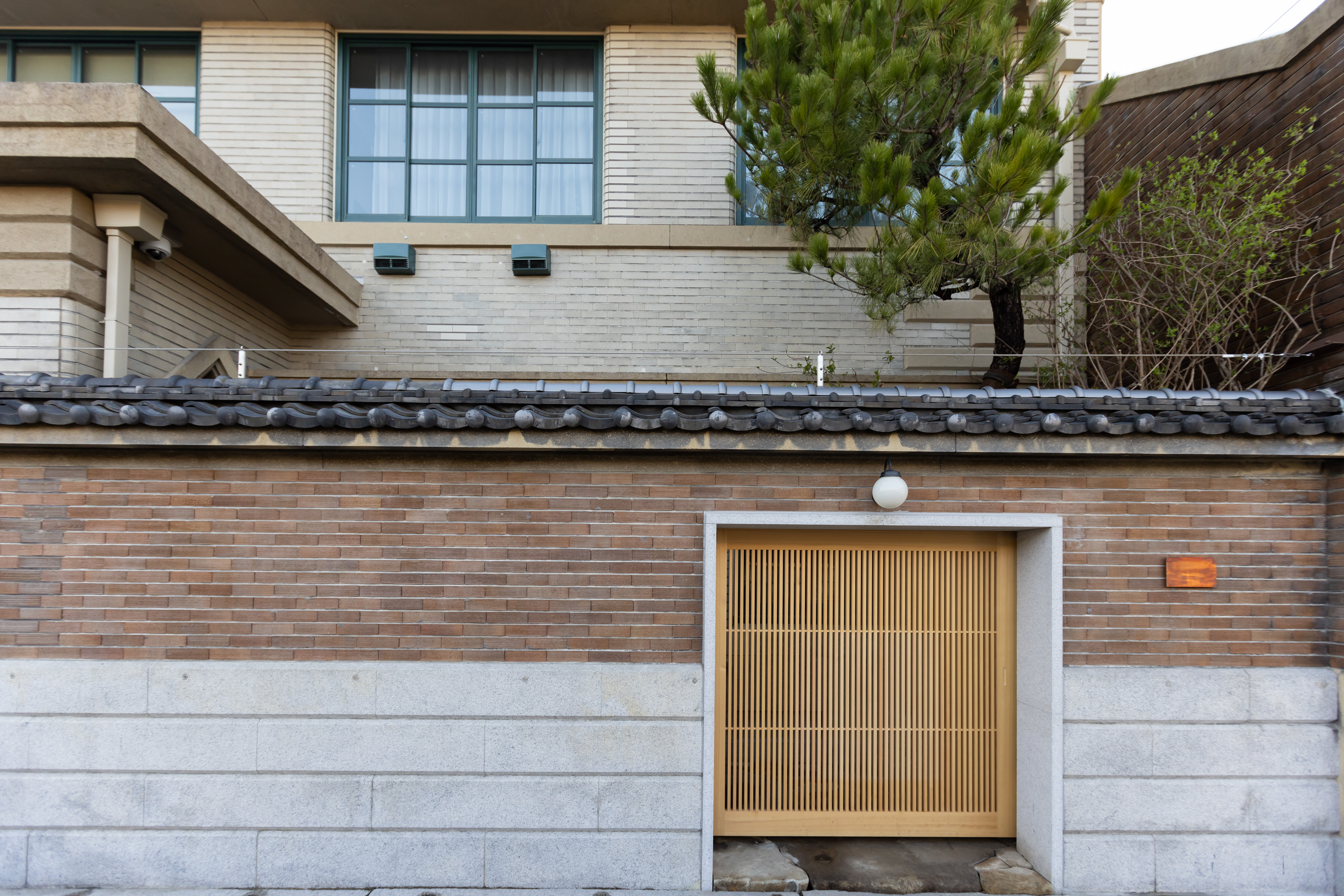
Marufukuro hotel exterior
The hotel spans three structures dating back to 1933. These were once the HQ and warehouse for the Kyoto-born Nintendo (whose distribution company at the time, Marufuku, specialised in playing cards), plus the residence of Nintendo’s founders, the Yamauchi family.
The buildings are a time capsule of early Showa-era architecture, riffing between Japanese and Western influences. Plan Do See’s renovation weaves a contemporary edge into the unique interiors, which remain awash with sweeping masonry, geometric motifs, art deco fireplaces and jewel-toned textiles.
Meanwhile, Ando created a new annex in signature swathes of concrete, while advising on the renovation of the original structures.
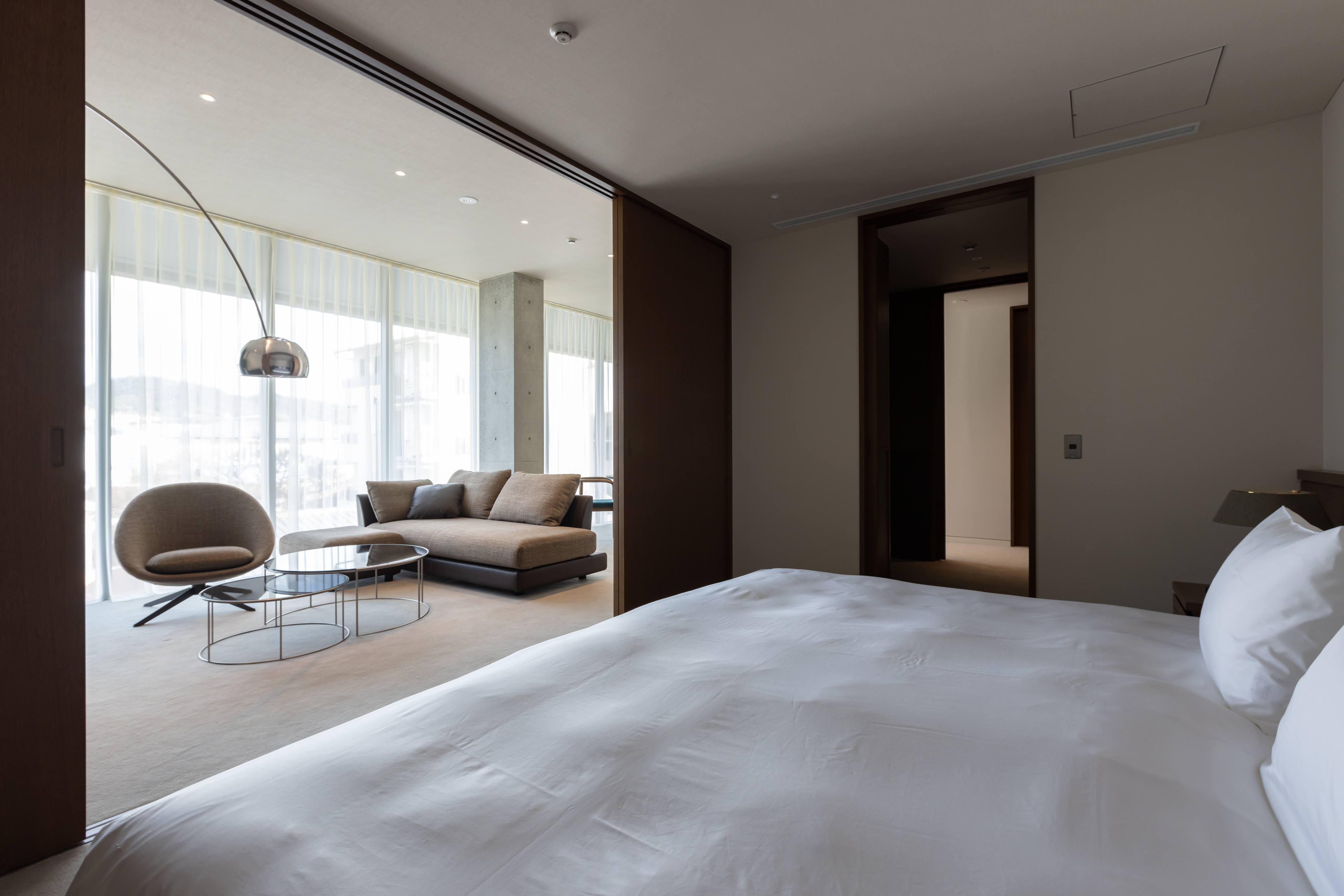
Guest room in the Diamonds annex
‘We wanted to preserve the memories of the original 1933 headquarters and bring it back to life for the present day, passing it on to future generations,’ says the architect. ‘It’s a place to enjoy new experiences in an ancient city. I hope that people will sense the atmosphere of the original headquarters when they visit – and also feel the new layers of Kyoto’s history.’
The façade offers a bold departure from Kyoto’s more low-key and minimalist hotel aesthetics, as reflected in the strong lines and curves of its stonework. There are hints of its history in the vintage green signage and the iron grilles depicting original patterns from early Nintendo playing cards.
Wallpaper* Newsletter
Receive our daily digest of inspiration, escapism and design stories from around the world direct to your inbox.
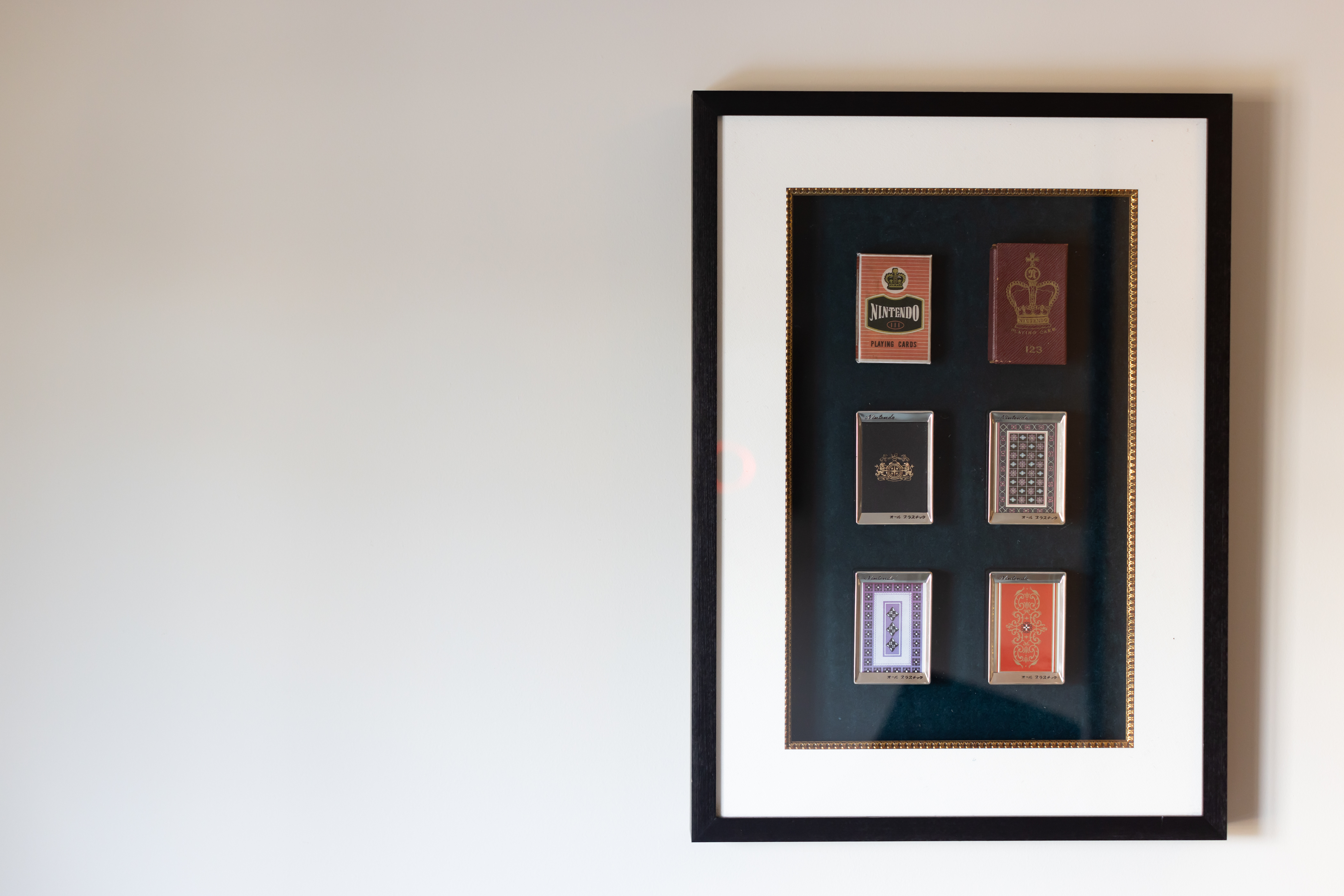
Playing cards reference the building’s past life as Nintendo HQ
A total of 11 guestrooms and seven suites span the four buildings, each named after a playing card suit. Centre stage is the former head office, Spades, with its intricate ironwork entrance, pastel floor tiles and a large sculpture of an egret by paper artist Taki Tamada, fashioned from old wallpaper from the original building. Spades is home to two spacious guest rooms (picture William Morris wallpapers and original white circular lighting). Meanwhile, upstairs is the bar and library – a smooth mesh of modern curves, soft tones and warm metal accents, plus an outdoor terrace, by Tokyo-based Suppose Design Office (the only area of the hotel commissioned by a member of the original Yamauchi family).
Connected to this building is Ando’s new Diamonds annex, which features a more minimalist palette of white, concrete, jewel-hued curtains, and walls of windows in seven spacious guest rooms, including the Marufukuro Suite, which spans this building and Spades. Contemporary lighting accentuates the curved wood of the chairs, by Japanese manufacturer Conde House and crafted in Hokkaido’s Asahikawa region.
In Hearts, the former family home, are five guest rooms fusing vintage Western and Japanese aesthetics, including, among them, tatami flooring, sliding paper screens and a bathtub in an indoor courtyard space.
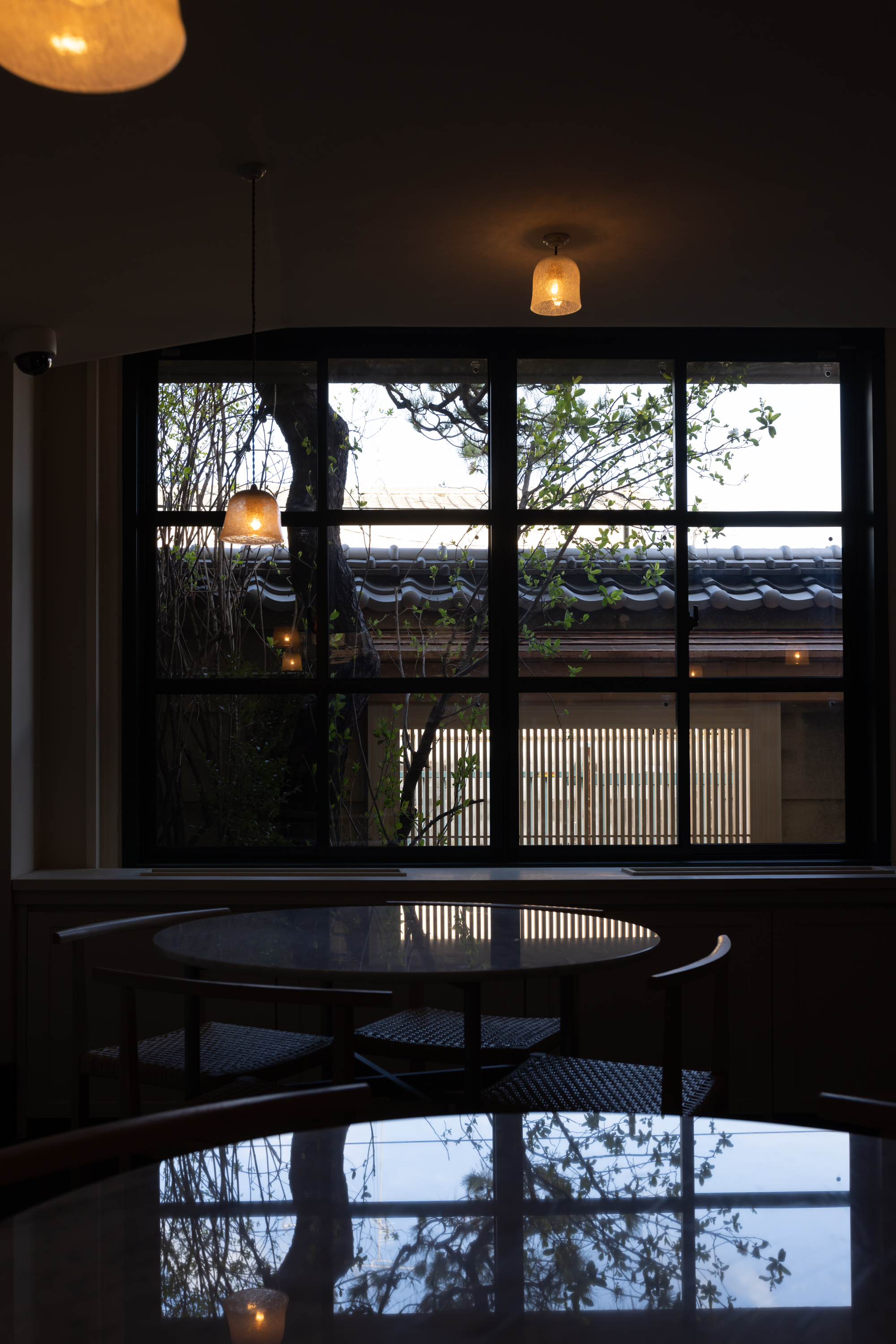
Carta restaurant within the Clubs building
The final building is Clubs, the former storage structure, whose four guest rooms are a visual feast of original and updated design details – from vivid red carpets, turquoise curtains and geometric wallpapers to large wooden wardrobes with modernist motifs (adapted from old doors) and monochrome tiled balconies with mountain views.
Clubs is also home to modern Japanese restaurant Carta, helmed by renowned chef Ai Hosokawa, with blue tiles and a clean-lined central square counter that seats 15.
Aoi Hasegawa, designer at Plan Do See, says of the hotel’s distinctive design: ‘It is a beautiful mix of Japanese and Western styles, unique to its era. We kept many characteristic details, such as stained glass windows, beams and fireplaces, and we also selected different materials – vintage and modern furniture and lighting – in an attempt to create harmony between the original décor and the new interior. The contrast with Ando’s architecture was more beautiful than we could have imagined.’
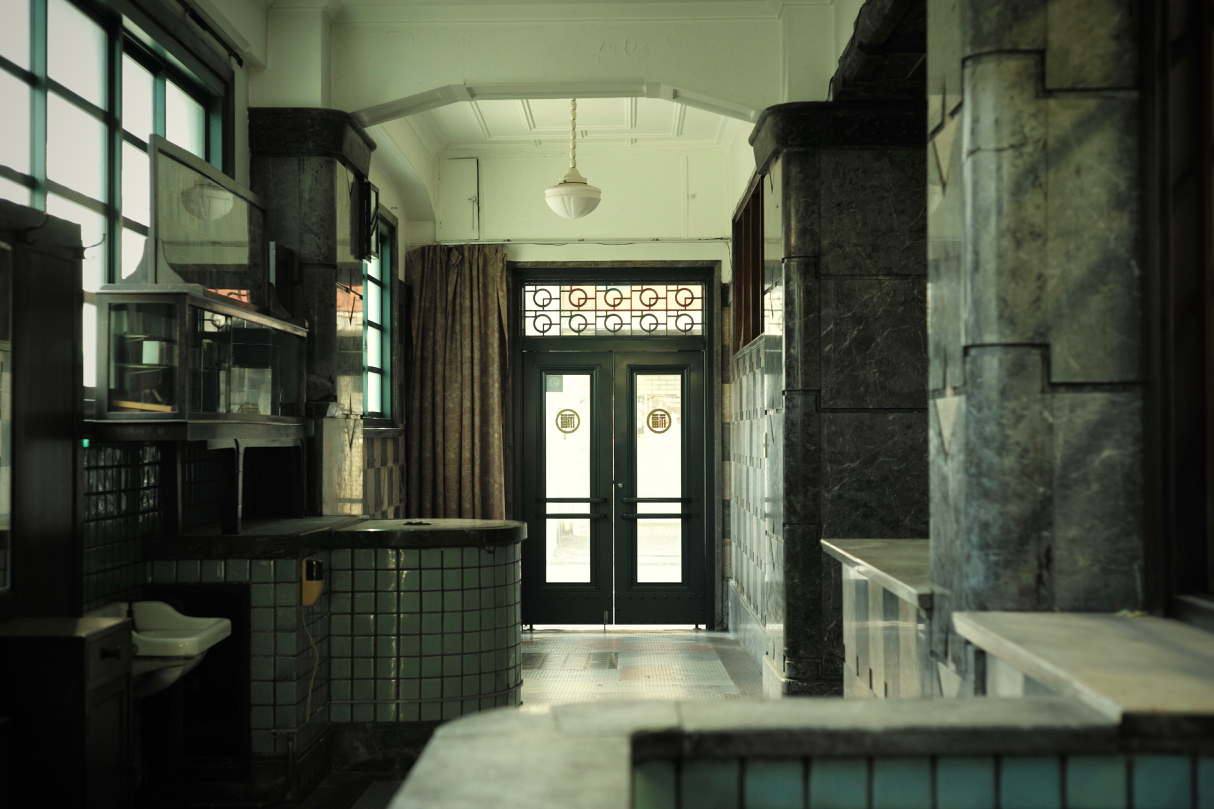
Interior of the property before the renovation; many of the original features were retained
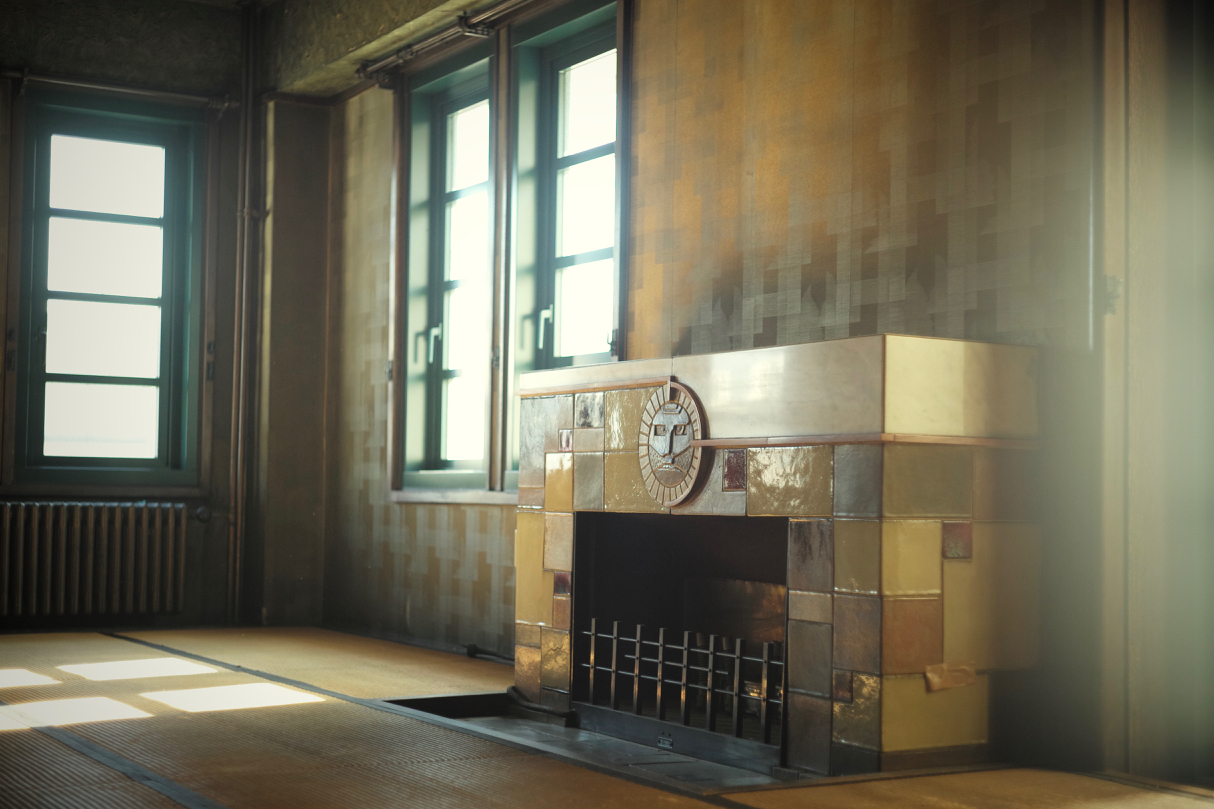
An original fireplace, seen before the renovation
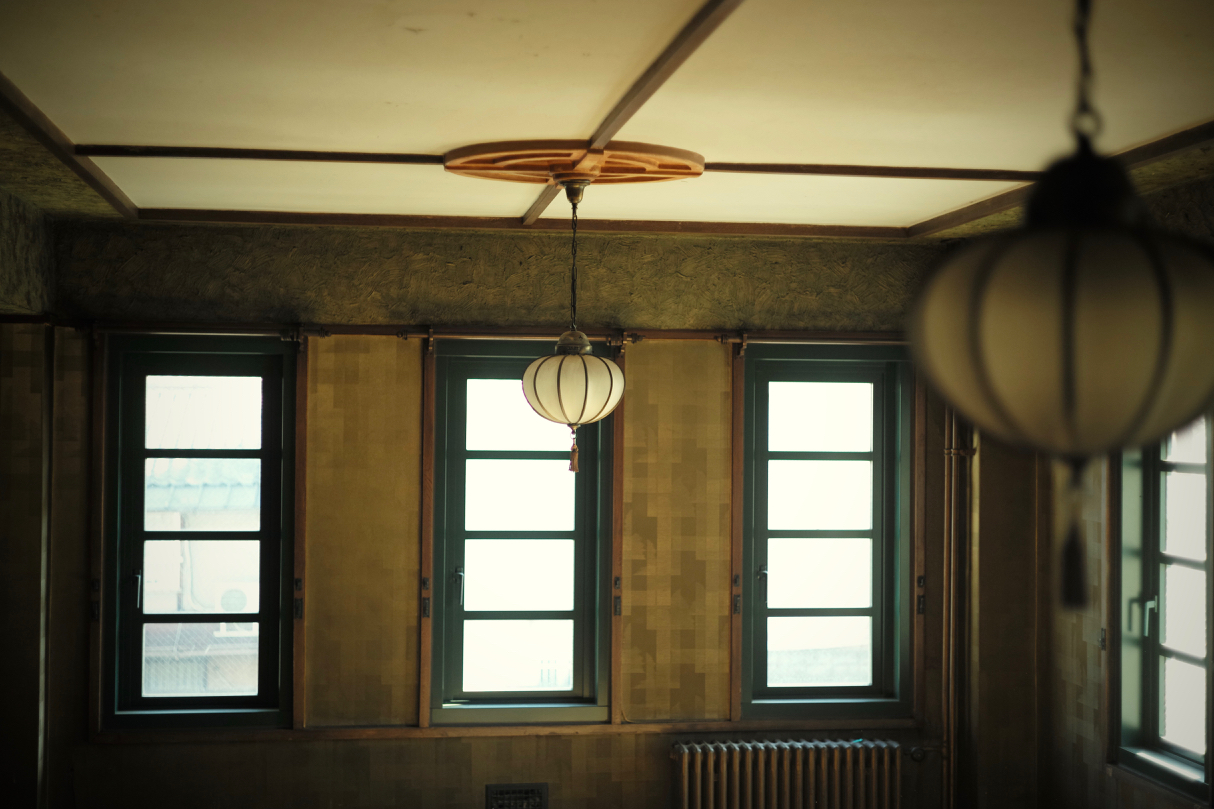
Before the renovation
INFORMATION
Marufukuro will feature in the June 2022 issue of Wallpaper*, on sale 12 May. Subscribe today.
Danielle Demetriou is a British writer and editor who moved from London to Japan in 2007. She writes about design, architecture and culture (for newspapers, magazines and books) and lives in an old machiya townhouse in Kyoto.
Instagram - @danielleinjapan
-
 Marylebone restaurant Nina turns up the volume on Italian dining
Marylebone restaurant Nina turns up the volume on Italian diningAt Nina, don’t expect a view of the Amalfi Coast. Do expect pasta, leopard print and industrial chic
By Sofia de la Cruz
-
 Tour the wonderful homes of ‘Casa Mexicana’, an ode to residential architecture in Mexico
Tour the wonderful homes of ‘Casa Mexicana’, an ode to residential architecture in Mexico‘Casa Mexicana’ is a new book celebrating the country’s residential architecture, highlighting its influence across the world
By Ellie Stathaki
-
 Jonathan Anderson is heading to Dior Men
Jonathan Anderson is heading to Dior MenAfter months of speculation, it has been confirmed this morning that Jonathan Anderson, who left Loewe earlier this year, is the successor to Kim Jones at Dior Men
By Jack Moss
-
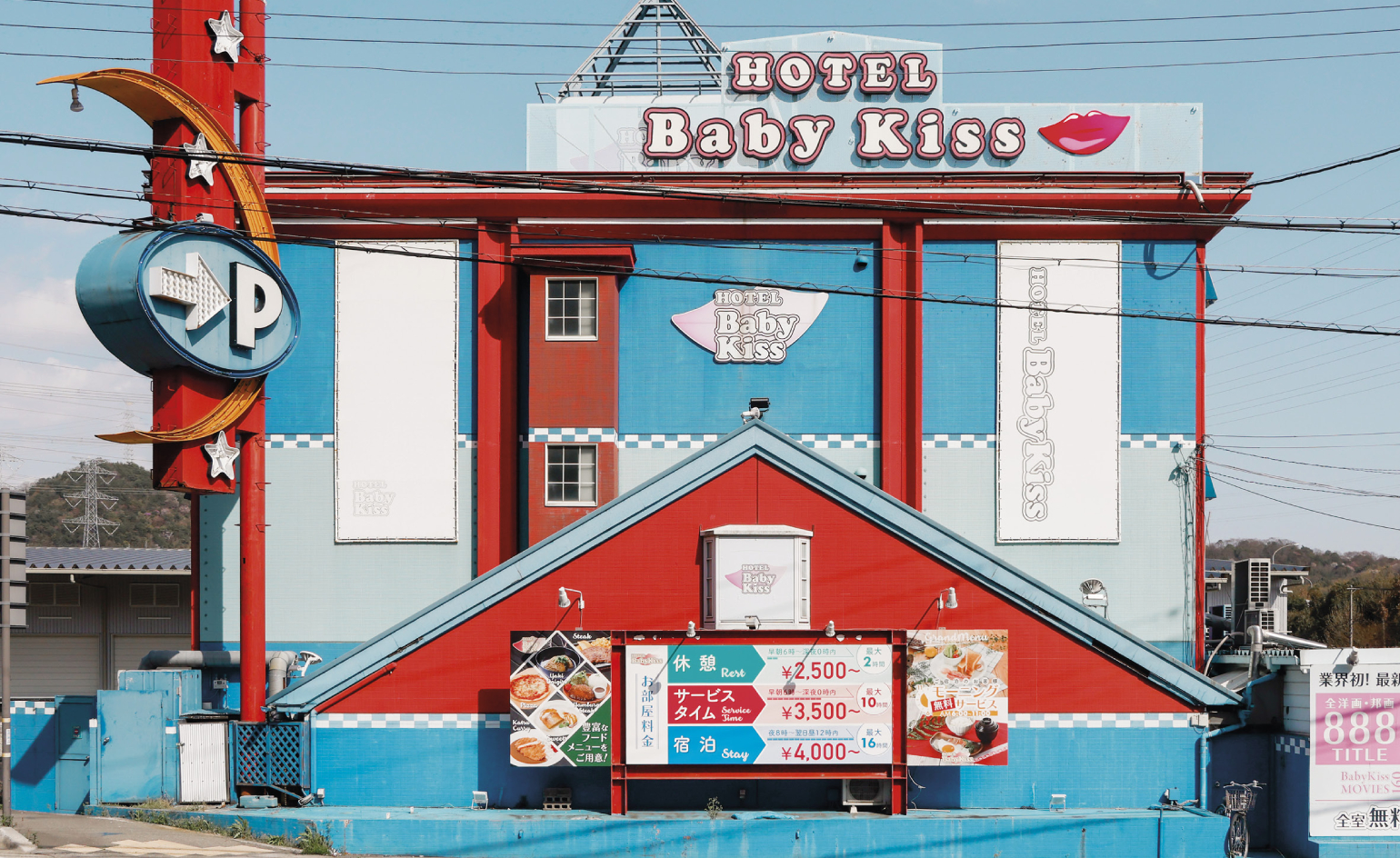 A new book captures the kitschy allure of Japanese ‘love hotels’
A new book captures the kitschy allure of Japanese ‘love hotels’For his latest project, French photographer François Prost documents the whimsical façades that characterise these erotic roadside venues.
By Sofia de la Cruz
-
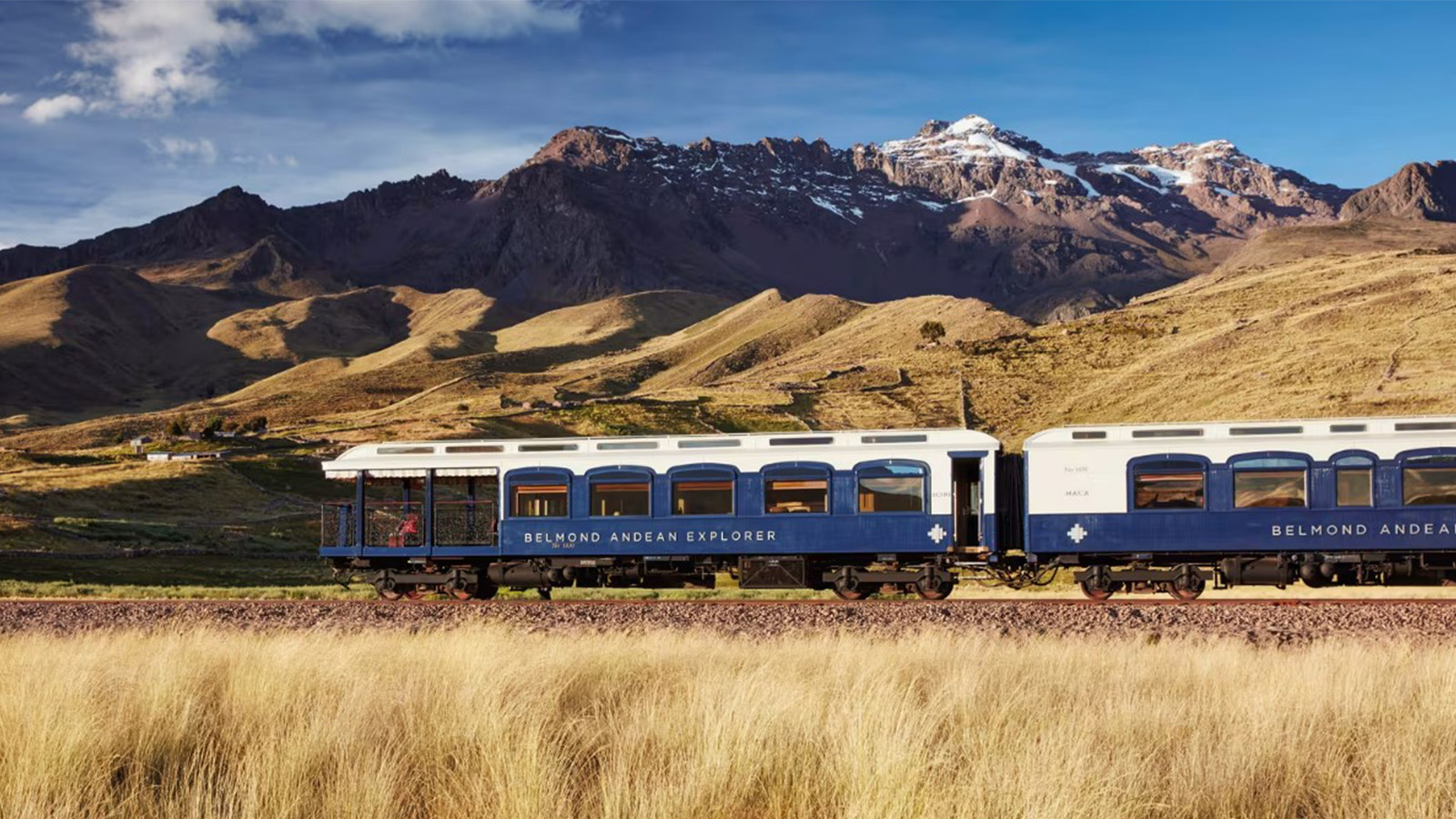 All aboard the world’s most luxurious train journeys
All aboard the world’s most luxurious train journeysStay on track with our pick of the most luxurious train journeys around the world, whether in 1920s-style opulence or contemporary chic
By Tianna Williams
-
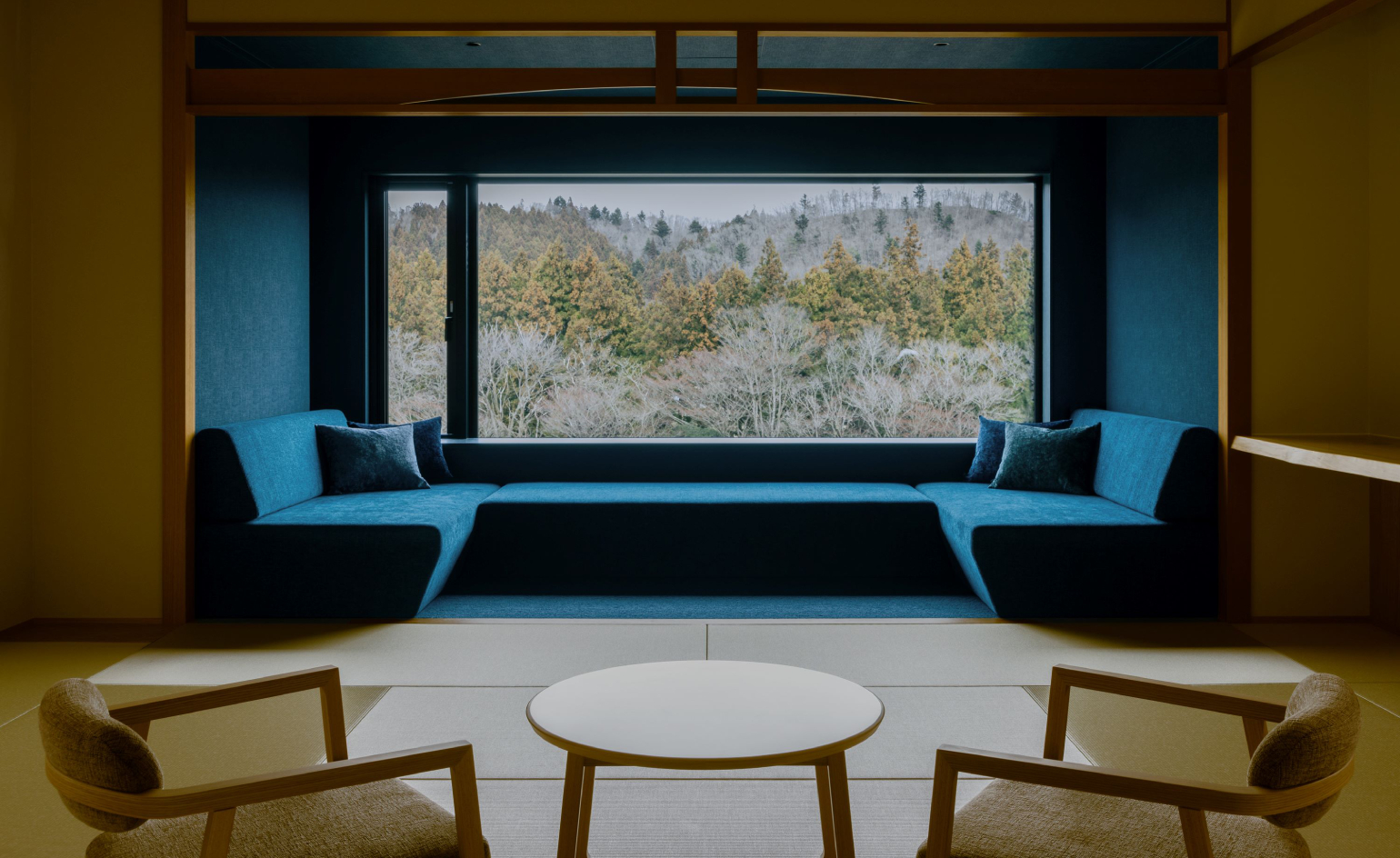 Wallpaper* checks in at Hoshino Resorts KAI Akiu: a soothing onsen hotel
Wallpaper* checks in at Hoshino Resorts KAI Akiu: a soothing onsen hotelIn Japan’s bucolic northeast, Hoshino Resorts KAI Akiu breathes new life into a sleepy hot spring village without betraying its ancient roots
By Eric Millman
-
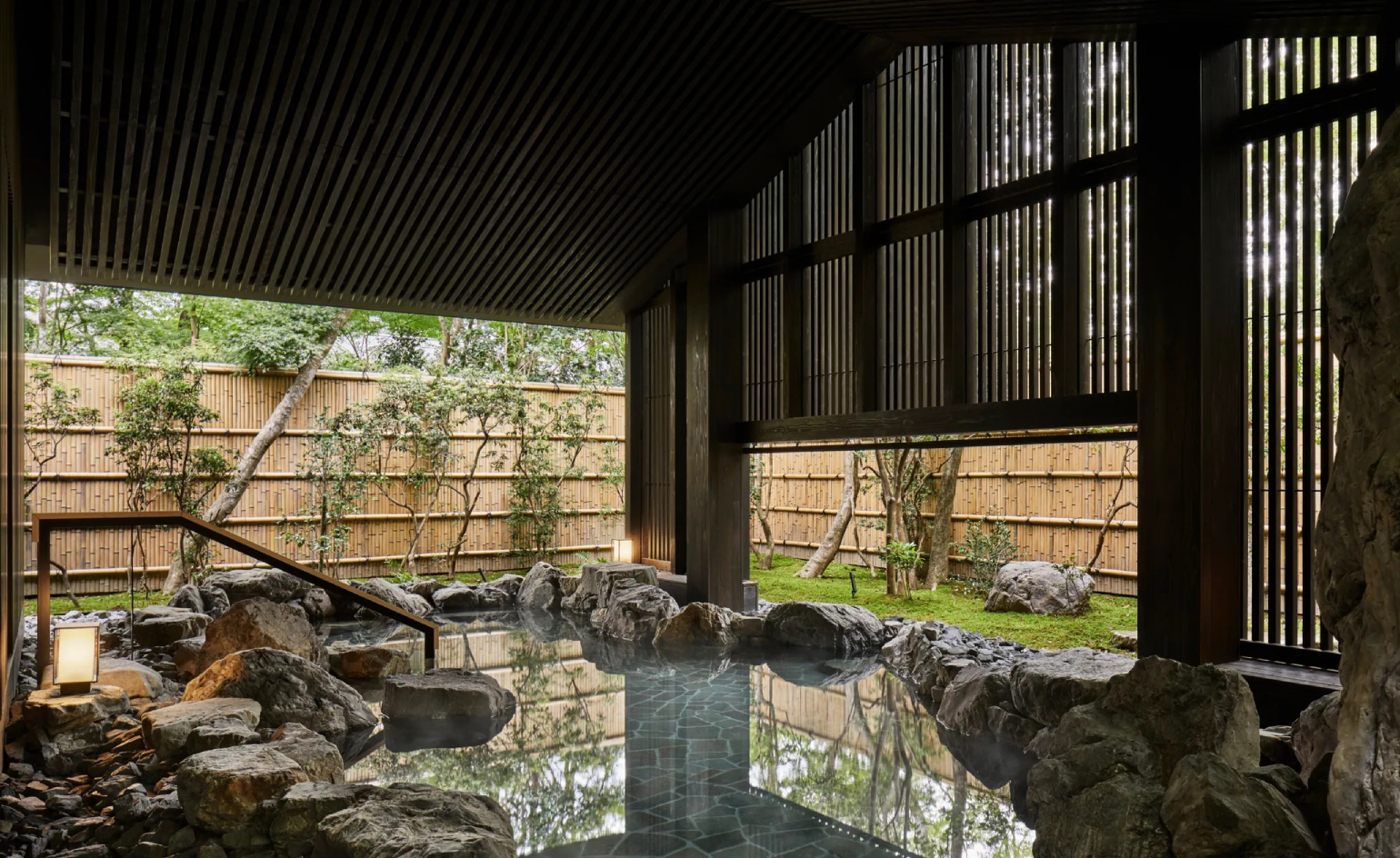 Shake off the winter chill at these design-led onsen hotels in Japan
Shake off the winter chill at these design-led onsen hotels in JapanWhether you’re heading to the mountains of Hokkaido or the alleys of Kyoto’s Gion district, these immaculately designed onsen hotels will keep the shivers at bay
By Jen Paolini
-
 The new hotels you’ll want to stay at in 2025
The new hotels you’ll want to stay at in 2025Where to stay in 2025? Let six of the most-read-about hotel openings of the past 12 months inspire your escape – from a tiny Tokyo bolthole to a Tanzanian safari retreat
By Sofia de la Cruz
-
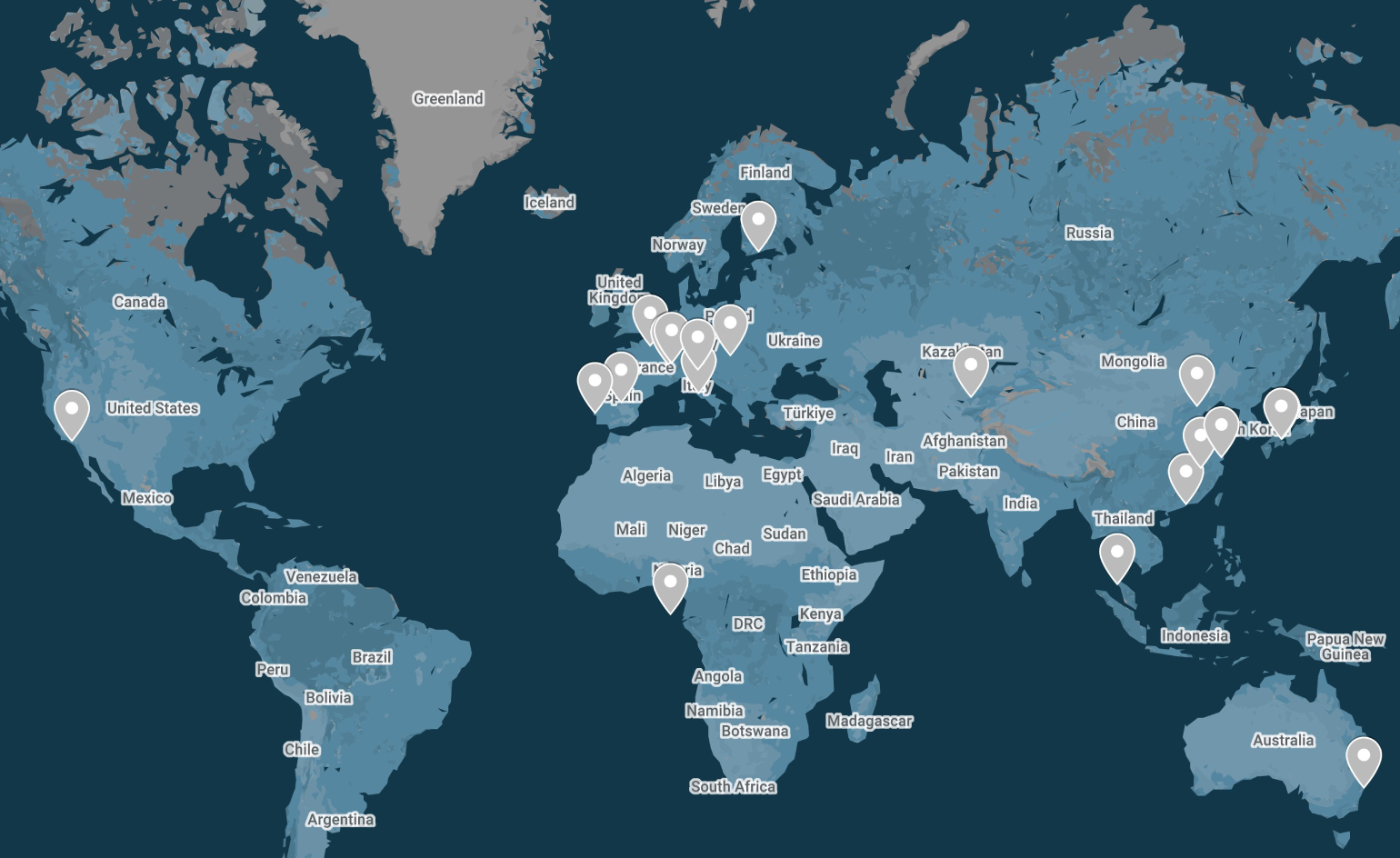 2025 getaways: where Wallpaper* editors will be travelling to this year
2025 getaways: where Wallpaper* editors will be travelling to this yearFrom the Japanese art islands of Naoshima and Teshima to the Malaysian tropical paradise of Langkawi, here’s where Wallpaper* editors plan to travel to in 2025
By Sofia de la Cruz
-
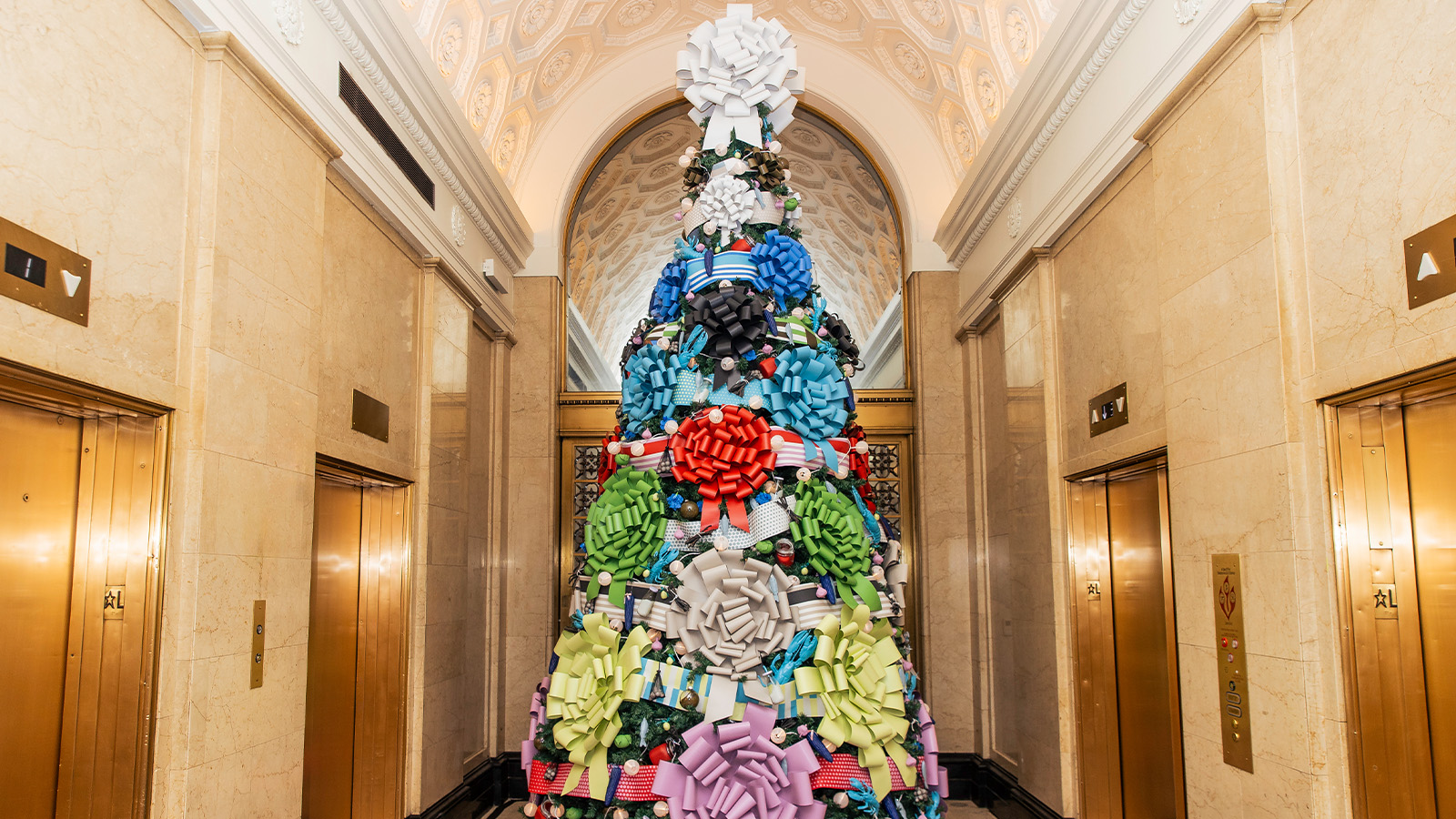 The most whimsical hotel Christmas trees around the world
The most whimsical hotel Christmas trees around the worldWe round up the best hotel Christmas tree collaborations of the year, from an abstract take in Madrid to a heritage-rooted installation in Amsterdam
By Tianna Williams
-
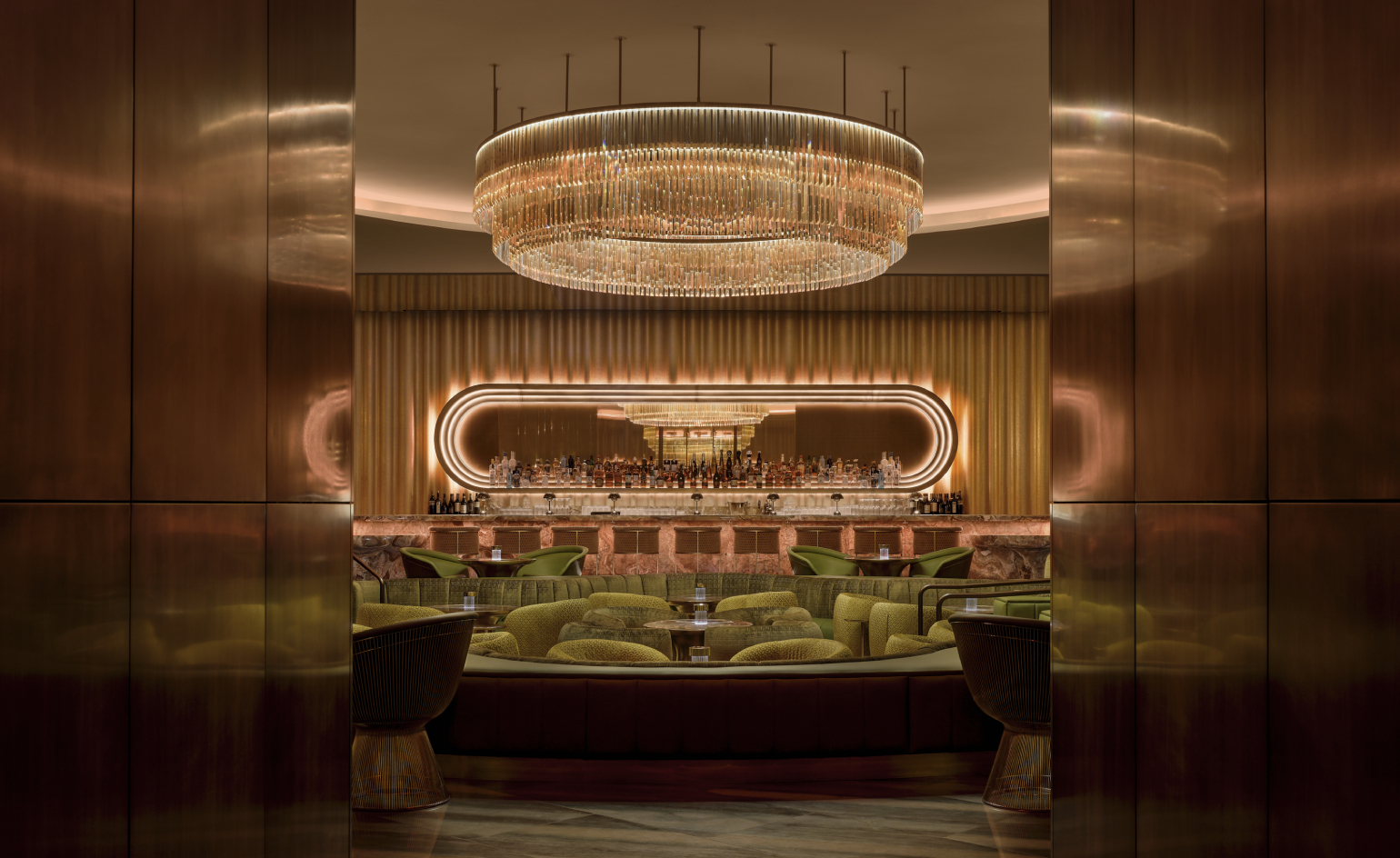 Six brilliant bars for your 2025 celebrations, hot off the Wallpaper* travel desk
Six brilliant bars for your 2025 celebrations, hot off the Wallpaper* travel deskWallpaper’s most-read bar reviews of the year can't be wrong: here’s inspiration for your festive and new year plans, from a swanky Las Vegas lounge to a minimalist London drinking den
By Sofia de la Cruz